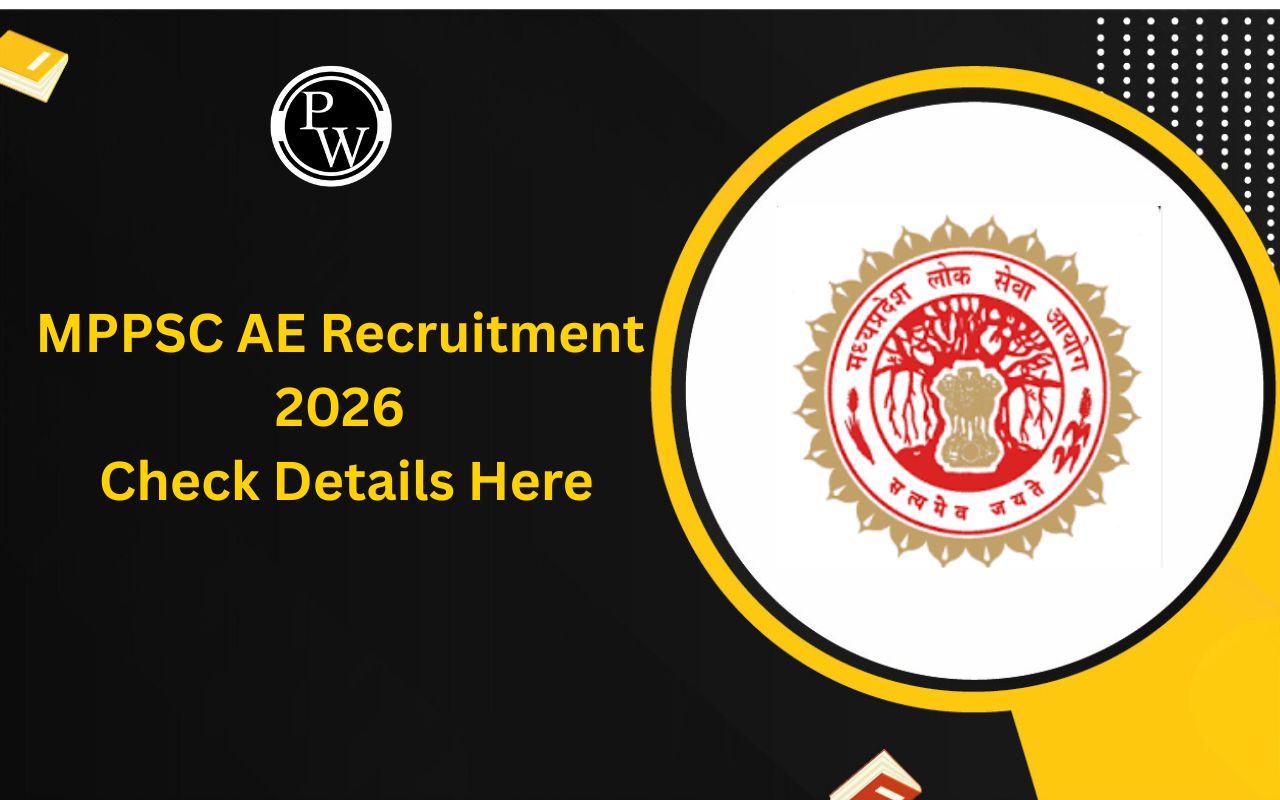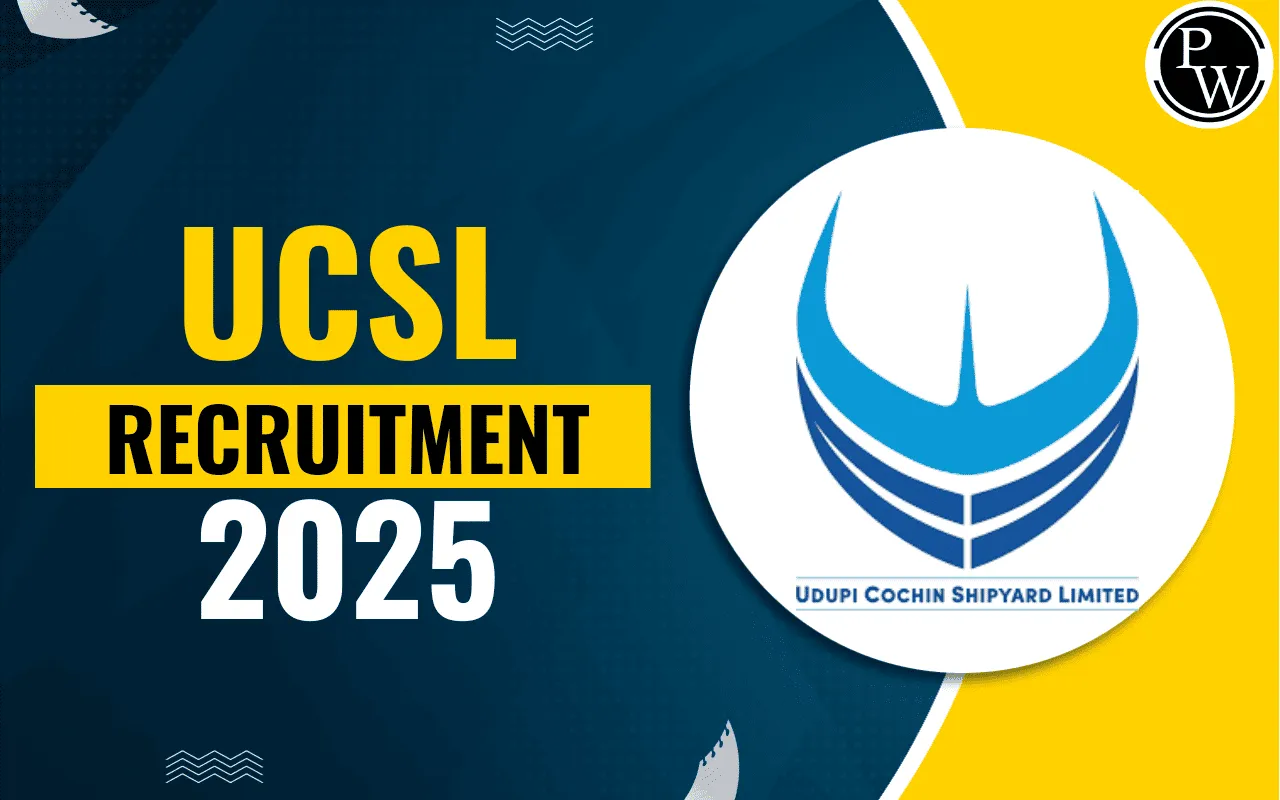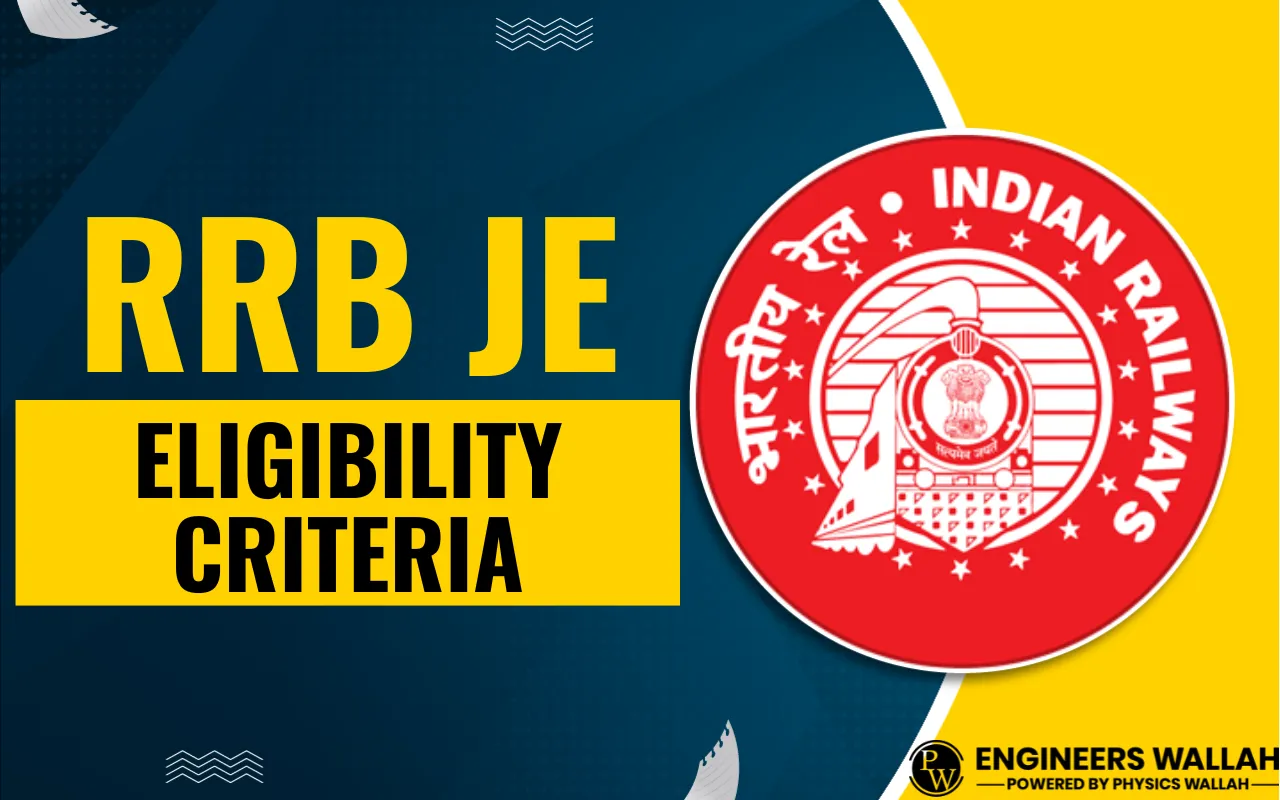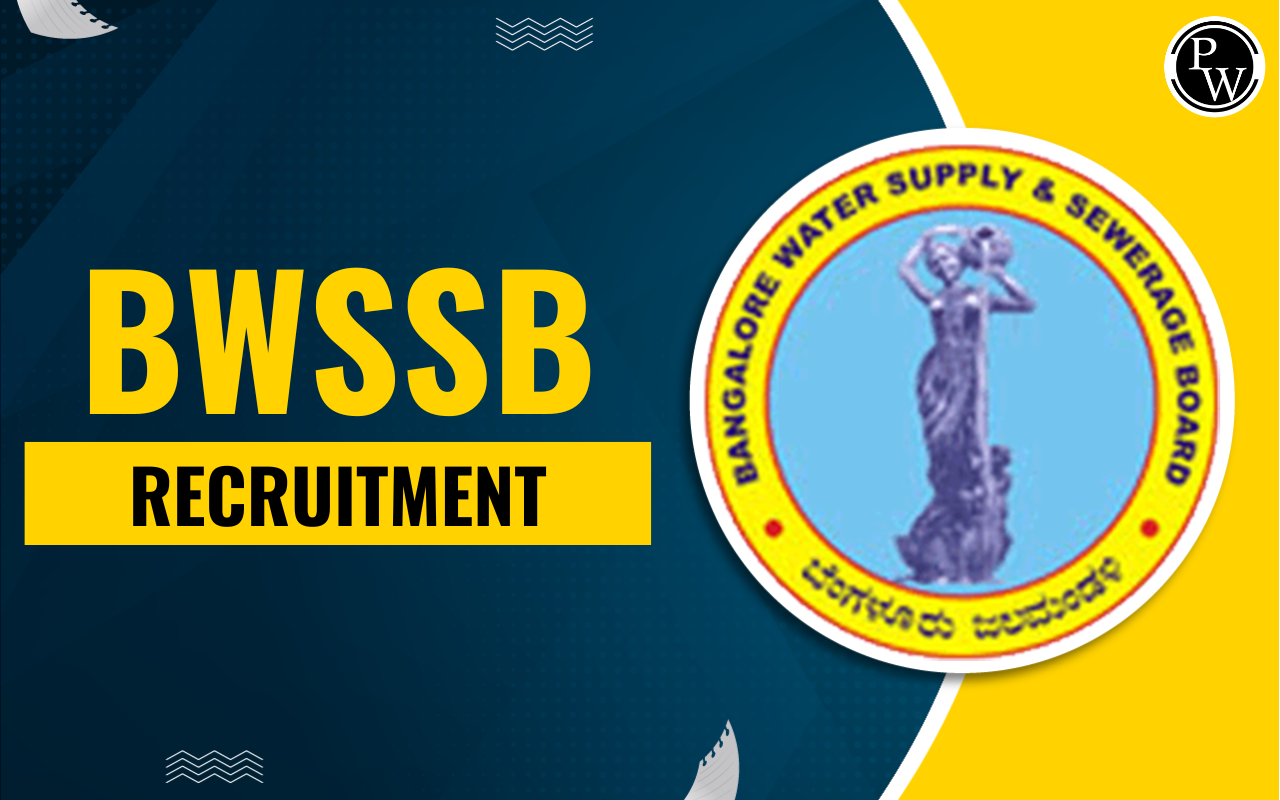
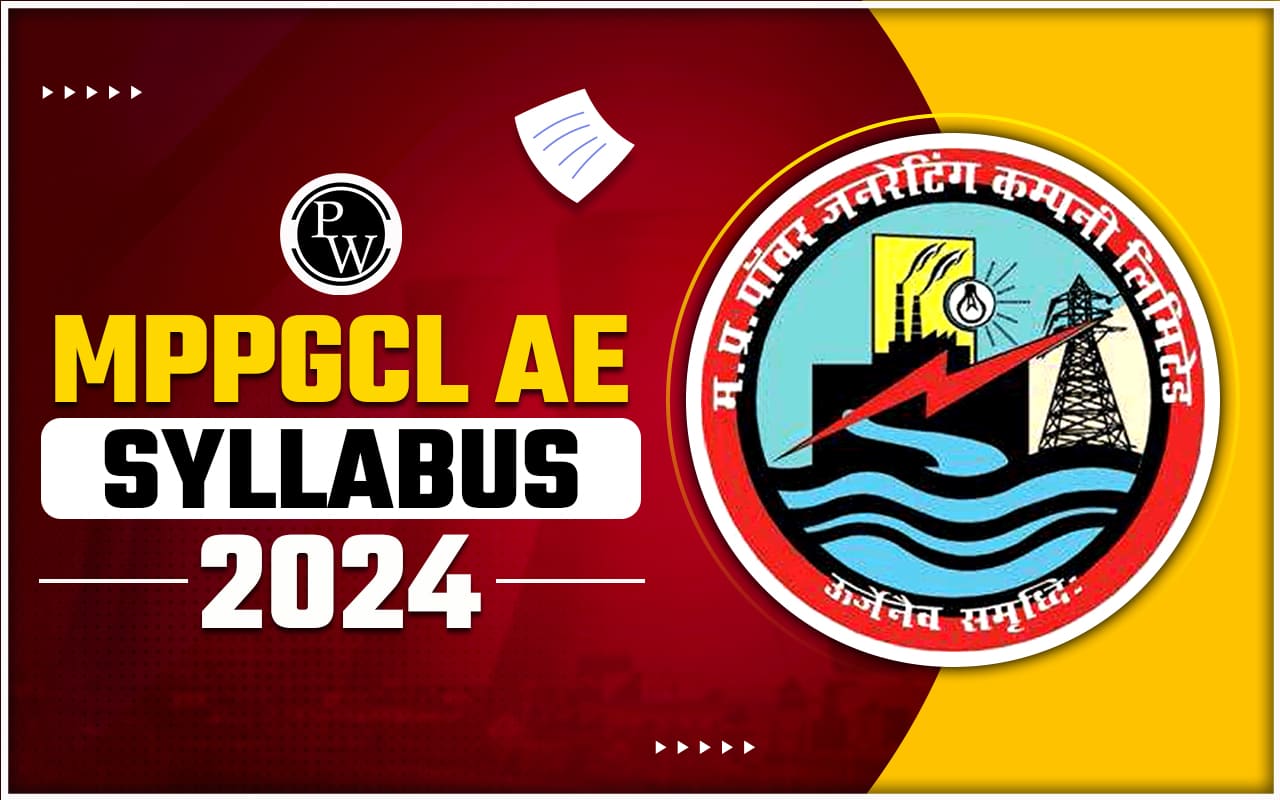
MPPGCL AE Syllabus 2024: Madhya Pradesh Power Generating Company Limited invites online applications from aspiring engineers to fill up 44 Assistant Engineer positions in the Mechanical, Electrical and Electronics disciplines. The selection methodology for MPPGCL AE Recruitment 2024 involves computer-based tests and document verification.
In order to ace the exam preparation, candidates must be well familiar with the MPPGCL AE Syllabus 2024. The syllabus will help the aspirants to plan an effective roadmap of preparation. In this article, we have shared the topic-wise MPPGCL Assistant Engineer Syllabus 2024 to enhance the readiness of aspirants for the exam.
MPPGCL Assistant Engineer Syllabus 2024
The MPPGCL Assistant Engineer Syllabus 2024 has been made available by the authorities of Madhya Pradesh Power Generating Company Limited at its official website @mppgcl.mp.gov.in. Candidates must have a thorough knowledge of MPPGCL AE Syllabus 2024 to make their preparation accordingly.
Applicants who want to achieve such a prestigious position of Assistant Engineer in the technical sector must start their exam preparation as per the syllabus. This article covers the detailed syllabus for the MPPGCL AE Exam 2024 to improve the candidate's preparation.
MPPGCL AE Syllabus 2024 Overview
The MPPGCL AE Exam 2024 aims to select Assistant Engineers for 44 positions in the Mechanical, Electrical, and Electronics disciplines. Here, a brief overview of MPPGCL AE Syllabus 2024 is compiled for your reference:
| MPPGCL AE Syllabus 2024 Overview | |
| Recruitment Organization | Madhya Pradesh Power Generating Company Limited |
| Post Name | Assistant Engineer |
| Vacancies | 44 |
| Advt. No. | 2024-25/5165 |
| Category | AE/JE Jobs |
| Apply Online Dates | 22 Oct to 20 Nov 2024 |
| Exam Mode | Online |
| Selection Process | Written Exam |
| Total Number Of Questions | 100 |
| Maximum Marks | 100 |
| MPPGCL AE Syllabus 2024 | Available Here |
| MPPGCL Recruitment 2024 Official Website | mppgcl.mp.gov.in |
MPPGCL AE Syllabus 2024
The Madhya Pradesh Power Generating Company Limited unveils the subject-wise syllabus for the Assistant Engineer exam to be held for recruiting 44 positions. Candidates can check the detailed topic-wise MPPGCL AE Syllabus 2024 in the below section:
MPPGCL AE Non-Technical Syllabus
The non technical section for MPPGCL AE Exam includes the syllabus as follows:
| MPPGCL AE Non Technical Syllabus | |
| Subject | Syllabus |
| General Knowledge |
|
| General Aptitude |
|
| Reasoning Ability |
|
MPPGCL AE Technical Syllabus
The MPPGCL AE Exam Syllabus for the Technical section is mentioned in this section:
MPPGCL AE Syllabus for Electrical Engineering
The Electrical Engineering sections cover various subjects as per undergraduate-level courses. The subject-wise syllabus for the electrical engineering branch is as follows:
| Topics | Syllabus |
| Electric Circuit | Network Elements: Ideal voltage and current sources, R, L, C, M elements; Network graph, KCL, KVL, Node and Mesh Analysis, Transient response of DC and AC networks, Sinusoidal steady‐state analysis, Resonance, Passive filters, Ideal current and Voltage sources. Thevenin’s Theorem, Norton’s Theorem, Superposition Theorem, Maximum Power Transfer theorem, Two‐port networks, 3-phase circuits, star-delta transformation, complex Power and power factor in AC circuits. |
| Signals and Systems | Representation of continuous and discrete‐time signals, Shifting and scaling operations, Linear Time Invariant and Causal systems, Fourier series representation of continuous and discrete time periodic signals, Sampling theorem, Applications of Fourier Transform, Laplace Transform and z-Transform. R.M.S. value, average value calculation for any general periodic waveform. |
| Electrical Machines | Single phase transformer: equivalent circuit, phasor diagram, open circuit and short circuit tests, regulation and efficiency; Three phase transformers: connections, vector groups, parallel operation; Auto‐transformer, Electromechanical energy conversion principles, DC machines: separately excited, series and shunt, motoring and generating mode of operation and their characteristics, starting and speed control of dc motors; Three phase induction motors: principle of operation, types, performance, torque-speed characteristics, no-load and blocked rotor tests, equivalent circuit, starting and speed control; Operating principle of single phase induction motors; Synchronous machines: cylindrical and salient pole machines, performance, regulation and parallel operation of generators, starting of synchronous motors, characteristics; Types of losses and efficiency calculations of electric machines. |
| Power Systems | Basic concepts of electrical power generation, AC and DC transmission concepts, Models and performance of transmission lines and cables, Economic Load Dispatch (with and without considering transmission losses), Series and shunt compensation, Electric field distribution and insulators, Distribution systems, Per‐unit quantities, Bus admittance matrix, Gauss-Seidel and Newton-Raphson load flow methods, Voltage and Frequency control, Power factor correction, Symmetrical components, Symmetrical and unsymmetrical fault analysis, Principles of over‐current, differential and distance protection; Circuit breakers, System stability concepts, Equal area criterion. |
| Control Systems | Mathematical modelling and representation of systems, Feedback principle, transfer function, Block diagrams and Signal flow graphs, Transient and Steady‐state analysis of linear time invariant systems, Routh-Hurwitz and Nyquist criteria, Bode plots, Root loci, Stability analysis, Lag, Lead and Lead‐Lag compensators; P, PI and PID controllers; State space model, Solution of state equations of LTI systems, State transition matrix. |
| Electrical and Electronics Measurements | Bridges and Potentiometers, Measurement of voltage, current, power, energy and power factor; Instrument transformers, Digital voltmeters and multi meters, Phase, Time and Frequency measurement; Oscilloscopes, Error analysis. |
| Analog and Digital Electronics | Characteristics of diodes, BJT, MOSFET; Simple diode circuits: clipping, clamping, rectifiers; Amplifiers: Biasing, Equivalent circuit and Frequency response; Oscillators and Feedback amplifiers; Operational amplifiers: Characteristics and applications; Single Stage Active filters, Active Filters: Sallen Key, Butterwoth, VCOs and Timers, Combinational and Sequential logic circuits, Multiplexer, De-multiplexer, Schmitt triggers, Sample and hold circuits, A/D and D/A converters, 8085Microprocessor: Architecture, Programming and Interfacing. |
| Power Electronics | Characteristics of semiconductor power devices: Diode, Thyristors, Triac, GTO, MOSFET, IGBT; DC to DC conversion: Buck, Boost and Buck-Boost converters; Single and three phase configuration of uncontrolled rectifiers, Voltage and Current commutated thyristor based converters, Bidirectional ac to dc voltage source converters, Issues of line current harmonics for uncontrolled thyristor based converters; Power factor, Distortion factor of ac to dc converters, Single phase and three phase inverters, Sinusoidal pulse width modulation. |
MPPGCL AE Syllabus for Mechanical Engineering
Candidates can check the topic-wise syllabus for the Mechanical Engineering section from the below table:
| Topics | Syllabus |
| Theory of Machines and Mechanism | Machines, Concept of simple machines, Four bar linkage and link motion, Lifting machines, Pulleys, Cams and Followers, Flywheels and Governors, Fluctuation of energy, Power Transmission, Types of drives- Belt, Chain, Rope, Gear drives and their comparison, V-belts and Flat belts, Chain Drives, Gear Drives, Type of gears and gear trains, gear profile and gear ratio calculation, Rope drives; Flywheel and Governors — Principles, function, applications, classification/ types, Brakes, Dynamometers, Clutches & Bearings — function, types, construction, working, Plate clutch, centrifugal clutch, Conical clutch, Diaphragm clutch, brakes, Riveted joint, Bearings- Simple pivot, collar bearing, conical pivot, Friction in collars and pivots, Methods of lubrication. |
| Engineering Mechanics and Strength of Materials | Forces, Equilibrium of Forces, Stress, Strain and their nature, Mechanical properties of common engineering materials, Stress-Strain Diagram, Factor of Safety, Stress and Strain in bodies of uniform section and composite sections, Thermal Stress, Strain Energy or resilience, strain energy due to gradually applied load, suddenly applied load, impact/ shock load, Elastic limit and elastic constants, Shear force and bending moment, Types of beams, Types of load, Shear Force and Bending Moment diagrams, Torsion, Simple bending and Deflection of Beams, Bending stress, modulus of the section, the moment of resistance, safe load, safe span, Torsion in circular shafts, Springs- classification, deflection, stiffness, Columns and Struts, Buckling of columns - Euler’s and Rankin’s theories, Thin walled pressure vessels. |
| Thermal Engineering | Properties of Pure Substances: P-V & P-T diagrams of pure substance like H2O, Introduction of steam table with respect to steam generation process; definition of saturation, wet & superheated status. Definition of dryness fraction of steam, degree of superheat of steam. H-s chart of steam (Mollier’s Chart); Laws of Thermodynamics- Zeroth law, concept of work and heat, Definition of stored energy & internal energy, 1st Law of Thermodynamics of cyclic process, relationship between heat transfer, work transfer and change in internal energy, Concept of conservation of mass and control volume, Non Flow Energy Equation, Flow Energy & Definition of Enthalpy, Conditions for Steady State Steady Flow; Steady State Steady Flow Energy Equation. Limitation of first law; 2nd Law of Thermodynamics- Definition of Sink, Source Reservoir of Heat, Heat Engine, Heat Pump & Refrigerator; Thermal Efficiency of Heat Engines & co-efficient of performance of Refrigerators, reversible process, factors which make a process irreversible, Kelvin-Planck & Clausius Statements of 2nd Law of Thermodynamics, Absolute or Thermodynamic Scale of temperature, Clausius inequality, Entropy, Entropy change calculation of ideal gas processes. Carnot Cycle & Carnot Efficiency; PMM2 - definition & its impossibility. |
| I.C. Engines | Air standard Cycles for I.C. engines, Carnot, Otto and Diesel cycles with P-V and T-S diagrams, Advantage of I.C. Engines, Classification, I.C. Engine Components and their functions, Materials used for component parts, Four Stroke and Two Stroke engines, S.I. and C.I. Engines, Valve timing, Port timing. I.C. Engine systems – Fuel system, Cooling System, Ignition System, lubricating system, Governing System, Performance of I.C. Engines, Power and Thermal Efficiencies, Heat Balance. |
| Rankine cycle of steam | Simple Rankine cycle plot on P-V, T-S, h-s planes, Rankine cycle efficiency with & without pump work. |
| Boilers | Function and use of Steam Boilers, Classification, Specifications, Fire Tube & Water Tube Boilers, Mountings & Accessories, Steam Traps and Separators, Actual evaporation, Equivalent evaporation, Factor of evaporation, Boiler Horse Power and Boiler efficiency, Draught systems- natural and forced. |
| Steam and Gas Turbines | Steam Turbines – Classification, Impulse and Reaction turbines, Principles of working, Work done, efficiencies, compounding, Bleeding, re-heating, Governing of Steam Turbines- Throttle, by-pass and Nozzle control, Turbine components, Steam Condensers- components and construction features, Steam Nozzles. Gas Turbines - Air-standard Brayton cycle; p-v and T-S diagrams; Classification: open cycle gas turbines and closed cycle gas turbines; comparison with reciprocating I.C. engines and steam turbines. Applications and limitations; General lay-out, P-V and T-S diagrams and working. |
| Air Compressors and their cycles | Functions of air compressor, uses of compressed air, Types– reciprocating, rotary, centrifugal, axial flow, vane type; single stage and multi stage compressors. |
| Refrigeration and Air Conditioning | Various refrigeration cycles, representation of cycles in PV, T-S and P-H diagrams, Vapour Compression System, Vapour Absorption System, COP, Refrigerants, Principle of a Refrigeration Plant; Air Conditioning- Psychrometery; Room Air Conditioning; Central Air Conditioning. |
| Fluid Mechanics | Properties & Classification of Fluids; Ideal & real fluids, Newton’s law of viscosity, Newtonian and Non-Newtonian fluids, compressible and incompressible fluids; Dynamics of ideal fluids; Bernoulli’s equation, Total head; Velocity head; Pressure head; Application of Bernoulli’s equitation. Fluid Statics: Pressure at a point. Measurement of Fluid Pressure: Manometers, U-tube, Inclined tube. Fluid Kinematics: Types of fluid flow, Path line and Stream line, Flow through pipes- laminar & turbulent flow, external & internal flow, continuity equation. Measurement of Flow rate- Basic Principles; Venturimeter, Pilot tube, Orifice meter. Notches and Weirs, Channels. |
| Hydraulic Machinery | Hydraulic Turbines - classifications, selection of turbine, construction and working principles, performance, operational features. Pumps- classification, centrifugal and reciprocating pumps, construction and principles of working, operational features, performance, and applications. |
| Manufacturing Engineering | Classification of Steels: Mild Steel & Alloy Steel, Heat treatment of steel, Welding - Arc Welding, Gas Welding, Resistance Welding, Special Welding Techniques, i.e., TIG, MIG, etc., (Brazing & Soldering), Welding Defects & Testing; NDT, Foundry & Casting methods, Moulding processes, defects, different casting processes, Forging, Extrusion, etc., Metal cutting principles, cutting tools, Basic Principles of machining with (i) Lathe (ii) Milling (iii) Drilling (iv) Shaping (v) Grinding Machines, tools & manufacturing processes. Jigs & Fixtures- difference, types; Cooling processes- types of cutting fluids and coolants, properties and applications of lubricants. |
MPPGCL AE Syllabus for Electronics Engineering
We have tabulated the topic-wise syllabus for the Electronics Engineering section in the below table:
| Topics | Syllabus |
| Basic Electricity | Electrostatics, Coulomb’s law, Electric field, Gausses theorem, Concept of potential difference; concept of capacitance and capacitors; ohm’s law, power and energy, Kirchoff’s voltage, current laws and their applications in simple DC circuits, Basic magnetism; Electromagnetic induction; Concept of alternating voltage & current; Cells and Batteries; Voltage and Current Sources; Thevenin’s theorem, Norton’s theorem and their applications. |
| Electronic Components and Materials | Materials: Conducting, Insulating and Magnetic materials; Components: Capacitors, Resistors, Transformers, Inductors and RF coils, surface mounted devices, Cells and Batteries; Relays and Switches- Relay characteristics, Relay performance, various types of Relays- their symbols, specifications and applications, Concept of ‘make’ and ‘break’ contacts in relays; Switches- types of switches, their features, principle of operation and applications, Operating current, Holding current. |
| Electronic Instruments and Measurement | Specification of Instruments- accuracy, precision, sensitivity, resolution range, Errors in measurements and loading effect; principles of voltage, current and resistance measurements; Working principles and operation of different electronic instruments (Analog as well as digital) viz. Multi meter, Electronic voltmeter, AC millivolt meter, Oscilloscopes- CRO, Multiple Trace CRO, Signal generators, impedance bridges and Q-meters. Transducers- Classification, Selection criteria, Characteristics, Construction, Working Principles, Applications, measurement of displacement & strain, forces & torque measuring devices, pressure measuring devices, flow measuring devices, power control devices and circuits. |
| Electronic Devices & Circuits | Multistage Transistor Amplifier, Transistor Audio Power Amplifiers, Feedback in Amplifier, Sinusoidal Oscillators, Tuned Voltage Amplifiers, Opto Electronics Devices and Their Applications, Operational Amplifier, Wave shaping Circuits, Timer I.C, Multi vibrator Circuits, Time Base Circuits Wave form (Triangular & Trapazoidal), Integrated Electronics (Timer IC 555), Regulated Power supply, VCO (IC565) and PLL (IC566) and their applications, Thyristors and UJT. |
| Digital Electronics | Number Systems and Boolean Algebra, Conversion from one number system to another, Operations (addition, subtraction, multiplication and division), Logic Gates, Logic Simplification, Implementation of Boolean (logic) equations with gates, Karnaugh map (up to 4 variables) and simple application in developing Combinational Logic Circuits, Logic Families, SSI, MSI, LSI, VLSI. TTL and MOS families & their sub classification. Codes and parity, Concept of code, weighted and non-weighted codes examples of 8421, BCD excess-3 and Grey code, Parity, Alphanumeric codes: ASCII & EBCDIC, Arithmetic circuits, Half adder & Full adder, Half & Full subtractor circuit, 4 bit adder/subtractor, Decoders, Display Devices and Associated Circuits, Multiplexers and De-multiplexers, Latches and Flip Flops, Counters |
| Microprocessors | Architecture of a Microprocessor (with reference to 8085 microprocessors, Concept of Bus, Bus organization of 8085, Pin details of 8085 and related signals, de-multiplexing of Address/Data bus (AD0AD7). Generation of read write control signals. Memories and I/O interfacing. Programming (with respect of 8085 microprocessor), Instruction Timing and Cycles, Interrupts. Data transfer techniques, async data transfer, async data transfer (hand shaking), interrupt driven data transfer. |
| Network Filters and Transmission Lines | Two port network; Network solution methods: Node and Mesh Analysis; Network Theorems: Superposition, Thevenin Theorem and Norton’s Theorem, Maximum Power transfer; Wye Delta transformation; Attenuators; filters; transmission lines and their applications; characteristic impedance of line; concept of reflection and standing waves on a transmission line; Transmission Line equation; principles of impedance matching. |
| Communication | Modulation and Demodulation in communication systems. Amplitude Modulation, Frequency Modulation, Phase Modulation, Pulse Modulation, Coding, Digital Modulation Techniques: Amplitude shift keying (ASK): Interrupted continuous wave (ICW), two tone modulation, Frequency Shift keying (FSK), Phase shift keying (PSK); Modems, Network and Control Considerations, Telemetry: radio-telemetry, and its application. Block diagram of TDM and FDM telemetry system, , Electronic Exchange (SPC Exchange), Operation of Cellular mobile telephone system. Concept of cells and frequency reuse, carrier Telephony; Microwave Engineering: Microwave Devices, Wave guides, Microwave components, Microwave Antennas, Microwave Communication Systems- Block diagram & working principles of microwave communication link. GSM, Second Generation /Mobile, TDMA, FDMA, CDMA, Optical Fiber Communication, Principle, SMF, MMF, Losses in Fiber Communication, Dispersion, BDP, LED and Laser Signals, PIN Diode receiver, Computer Networking, LAN, WAN, MAN, Topology – Star, Mesh, Ring, Model- OSI, TCP/IP Model. |
MPPGCL AE Syllabus 2024 PDF
Candidates must click on the direct link tabulated below to download the branch-wise syllabus for MPPSC AE Exam 2024. The aspirants must start their with proper understanding of the syllabus:
| MPPGCL AE Syllabus 2024 PDF | |
| Branch | Download PDF |
| Electrical Engineering | Click Here |
| Mechanical Engineering | Click Here |
| Electronics Engineering | Click Here |
MPPGCL AE Exam Pattern 2024
Aspirants must go through the MPPGCL AE Exam Pattern 2024 to be aware of the paper format by knowing the number of questions, marking scheme, and exam duration. This section explains the detailed exam pattern for the MPPGCL Assistant Engineer Exam for your ease:
- The paper will comprise a total of 100 questions from general aptitude and specific discipline.
- Each question will award 1 mark for the correct answers.
- The total time duration to attempt the question paper will be 120 minutes.
- There will be no negative marking for incorrect attempts in the MPPGCL AE Exam.
| MPPGCL AE Exam Pattern 2024 | |||
| Subject | Questions | Marks | Exam Duration |
| Specific Subject/ Trade | 75 | 75 | 2 Hours |
| General Knowledge and Reasoning Ability | 25 | 25 | |
| Total | 100 | 100 | |
MPPGCL AE Syllabus 2024 FAQs
Q. Where can I find the MPPGCL AE Syllabus 2024?
Q. How can I download MPPGCL AE Syllabus 2024 PDF?
Q. Is there a negative marking in MPPGCL AE Exam 2024?
Q. Can I cover the MPPGCL AE Syllabus in 3 months?
Q. Is the MPPGCL AE Exam tough?





